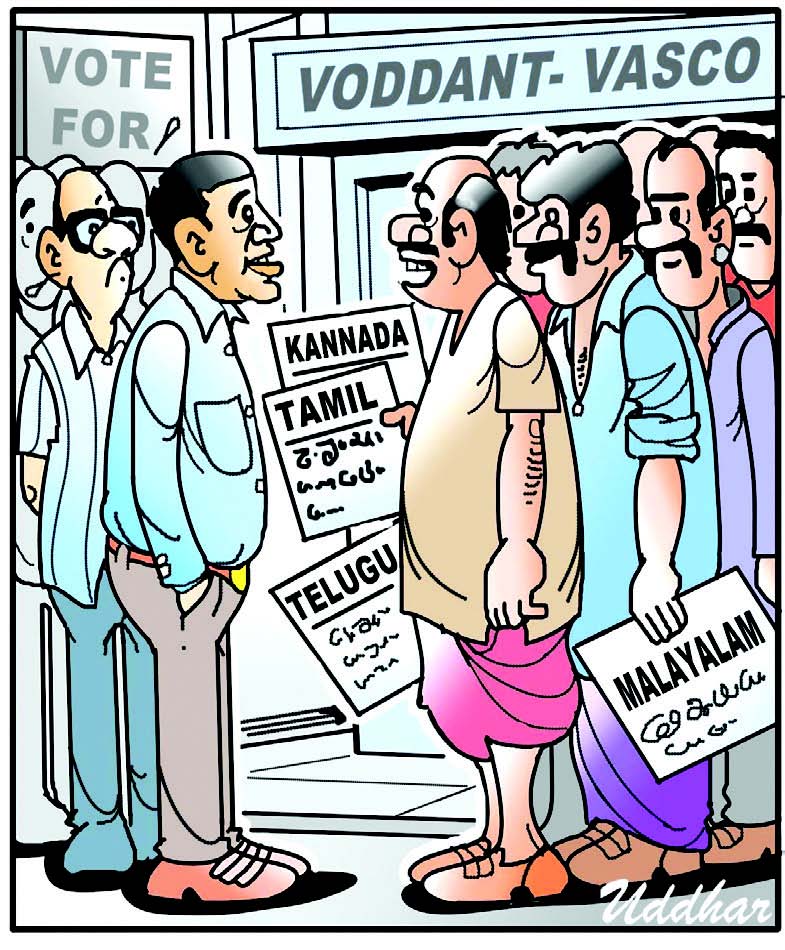12 Sep 2018 | 06:25am IST
Is sliding rupee connected to Goa mining? Mine owners feel so
Mine owners theorise that fall in value of rupee is due to mining ban in Goa
Team Herald
PANJIM: Different theories are being attributed to the fall in the value of the Indian rupee, and mining firm heads feel that it is due to ban on mining in Goa.
Anil Agarwal, executive chairman of Vedanta Group, says the sliding rupee is due to the skyrocketing imports of natural resources. “Natural resources imports have skyrocketed. Aluminium imports are up by 20%, enormous amounts of oil, copper, sulphuric acid and fertilizers are being imported and iron ore exports worth billions from Goa have stopped. These domestic factors are contributing to slide of rupee,” Agarwal said in a tweet.
“Need of the hour is to urgently restart Goa mining. A positive resolution on Sterlite Copper will hugely benefit the domestic market and ancillary industries. This will help arrest sliding rupee, contain interest rates, save hard earned Forex and create jobs,” the tweet added.
Agarwal has also tagged Prime Minister Narendra Modi’s twitter handle to this tweet.
Reacting to the tweet, another mining baron from Goa, Shivanand Salgaocar, expressed similar sentiments. “I would not directly link the falling rupee to the mining ban in Goa but yes, exports help,” he said speaking to Herald.
Salgaocar said there are various factors to the falling rupee like higher oil prices, current account deficit etc. “As far as iron ore exports is concerned, I would say it contributed to the economy and it would help,” he stated.
Harish Melwani, another mining firm owner, said Agarwal is a very senior businessman and his comments make sense. “The rupee is sliding due to the demand for the dollar. Now mining exports contributed a lot of dollars and the ban has certainly not helped,” he said.
Earlier this year, the Supreme Court cancelled all iron ore mining permits in Goa, which majorly affected Agarwal’s Vedanta Limited as it is the biggest iron ore mining firm in the State.
Goa Mineral Ore Exporters' Association, the body representing mine owners in Goa, said the closure of mining leases in the coastal State will bring about an ‘economic and social disaster’.
“The balance of payments involve an important component of imports and exports. In the mineral sector
in India our imports value are over eight times that of exports value. Hence it is essential to promote exports to reduce this gap. Bulk of India’s imports in natural resources is in fuel. Goan ores were basically export oriented and earned precious foreign exchange. Hence early resumption is the need of the hour,” Glen Kalawampara of GMOEA said.
Goa’s mining industry faced a ban in 2012 after a SC directive which had taken cognisance of the M B Shah panel’s report that claimed there was illegal mining worth Rs 35,000 crore in the State between 2005 and 2012.
The industry remained banned for nearly 19 months from October 2012 to April 2014, when the SC finally allowed the industry to operate imposing several riders. The restriction to extract only 20 million tonnes was also imposed on the industry, which had double the capacity to tap the ore before the ban.
It took another 18 months for the industry to actually start the extraction process in October 2015.
The industry could not reach its full potential after resumption, with just 7.2 million tonnes being extracted during fiscal 2015-16.
